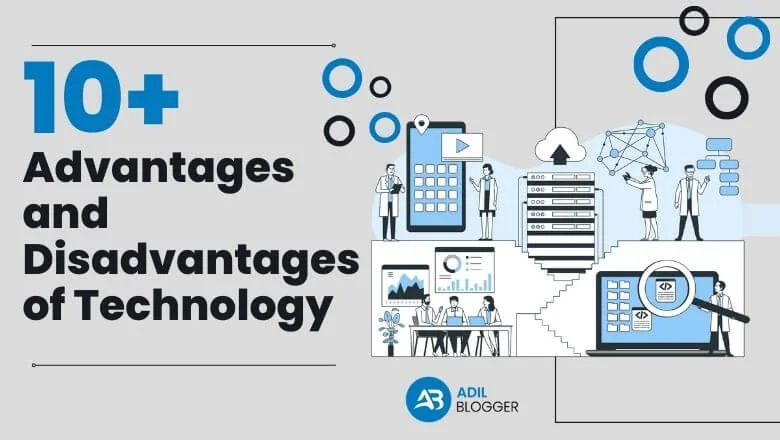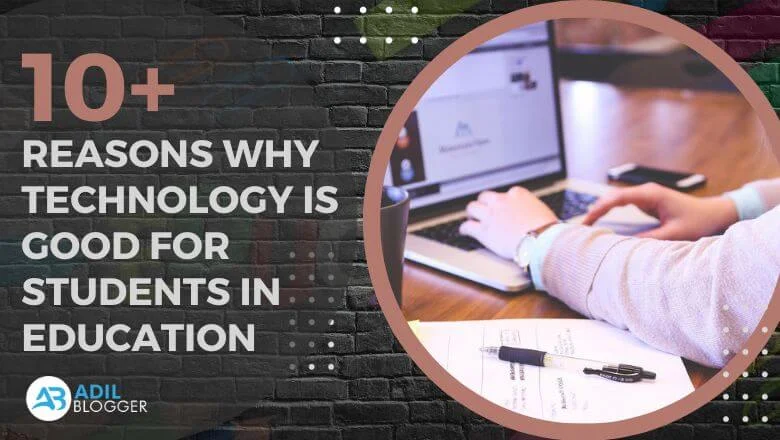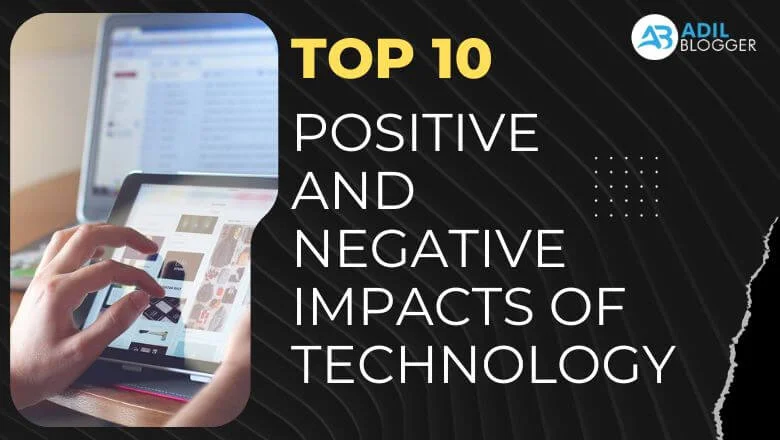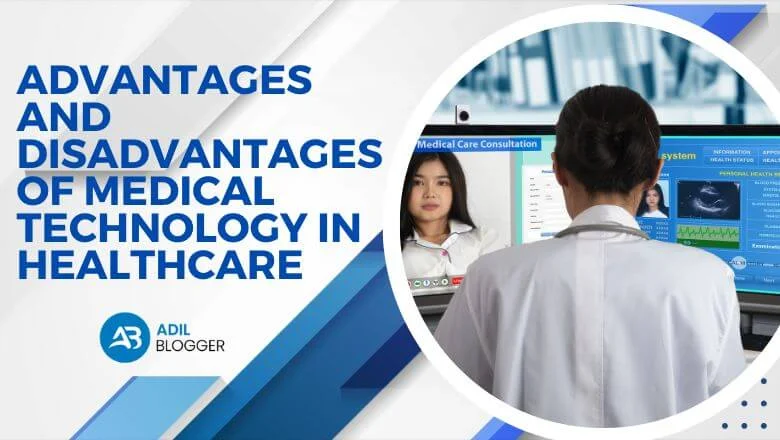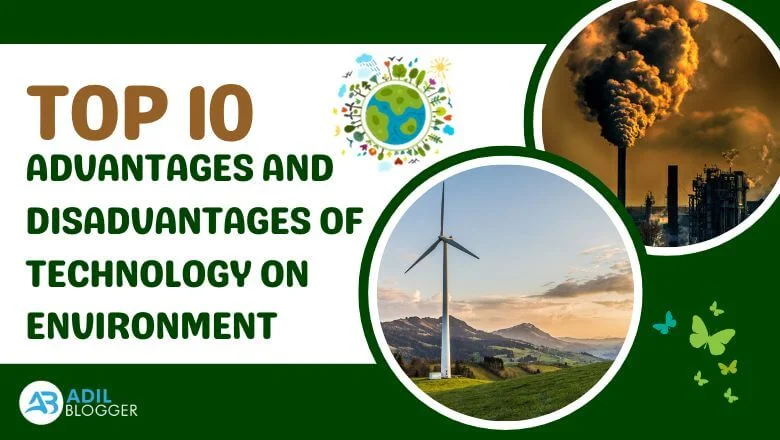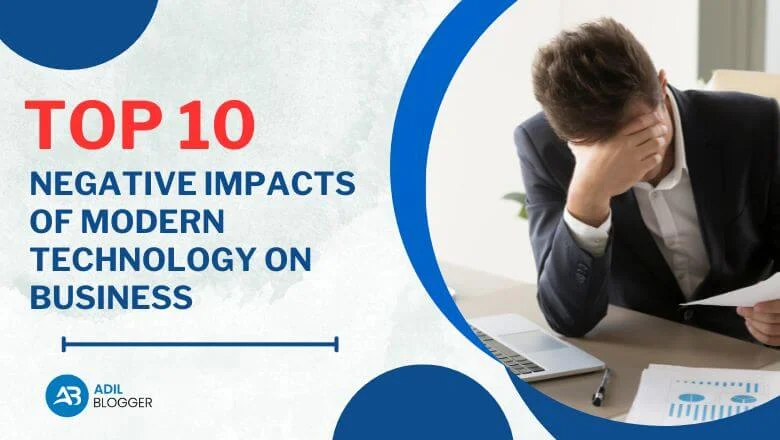Powering Up Learning, Empowering Futures.
Welcome to Adil Blogger, where knowledge meets inspiration. We are not just a platform; we are a dynamic educational hub dedicated to fostering learning, sparking creativity, and empowering individuals to explore the limitless realms of knowledge.

Don't Miss
-
Educational Psychology

Top 5 Major Perspectives of Educational Psychology
To understand the Educational Psychology and major perspectives of educational psychology this article is very…
Read More » -

-

-

-

-
Technology

10+ Advantages and Disadvantages of Using Mobile Phones
Mobile phones are a type of portable device which is used for communication. The usage of mobile phones has been…
Read More » -

-

-

-

-

-
Education

Importance of English Language in Education
Language is the first medium people use to share their thoughts and information with others. There are a lot of…
Read More » -

-

-

-

-

Psychology
-
Educational Psychology

Top 5 Major Perspectives of Educational Psychology
To understand the Educational Psychology and major perspectives of educational psychology this article is very beneficial for you. To understand…
Read More » -

-

-
Digital Marketing

10+ Advantages and Disadvantages of Online Digital Marketing
Traditional advertising and marketing methods have now developed into modern advertising. In this age of digitization, reaching out to folks…
Read More » -

-

-
Business

Top 10 Negative Impacts of Modern Technology on Business
In this blog, I will let you know the “Top 10 Negative Impacts of Modern Technology on Business”, and how technology…
Read More » -
Business

10+ Advantages and Disadvantages of E-Commerce Business
The internet and technology have wholly and forever changed the way businesses operate. One of the most significant changes in…
Read More » -
Business

10+ Positive Impacts of Technology on Business (Deep Analysis)
Technology has had a positive impact on businesses in many ways. Here are the “Top 10 Positive Impacts of Technology…
Read More »
Latest Post
-
Educational Psychology

Top 5 Major Perspectives of Educational Psychology
To understand the Educational Psychology and major perspectives of educational psychology this article is very beneficial for you. To understand…
Read More » -
Business

10+ Advantages and Disadvantages of E-Commerce Business
The internet and technology have wholly and forever changed the way businesses operate. One of the most significant changes in…
Read More » -
Technology

10+ Advantages and Disadvantages of Using Mobile Phones
Mobile phones are a type of portable device which is used for communication. The usage of mobile phones has been…
Read More » -
Digital Marketing

10+ Advantages and Disadvantages of Online Digital Marketing
Traditional advertising and marketing methods have now developed into modern advertising. In this age of digitization, reaching out to folks…
Read More » -
Education

Importance of English Language in Education
Language is the first medium people use to share their thoughts and information with others. There are a lot of…
Read More »
Block Title
-
Educational Psychology

Top 5 Major Perspectives of Educational Psychology
To understand the Educational Psychology and major perspectives of educational psychology this article is very beneficial for you. To understand…
Read More » -
Business

10+ Advantages and Disadvantages of E-Commerce Business
The internet and technology have wholly and forever changed the way businesses operate. One of the most significant changes in…
Read More » -
Technology

10+ Advantages and Disadvantages of Using Mobile Phones
Mobile phones are a type of portable device which is used for communication. The usage of mobile phones has been…
Read More » -
Digital Marketing

10+ Advantages and Disadvantages of Online Digital Marketing
Traditional advertising and marketing methods have now developed into modern advertising. In this age of digitization, reaching out to folks…
Read More » -
Education

Importance of English Language in Education
Language is the first medium people use to share their thoughts and information with others. There are a lot of…
Read More »






